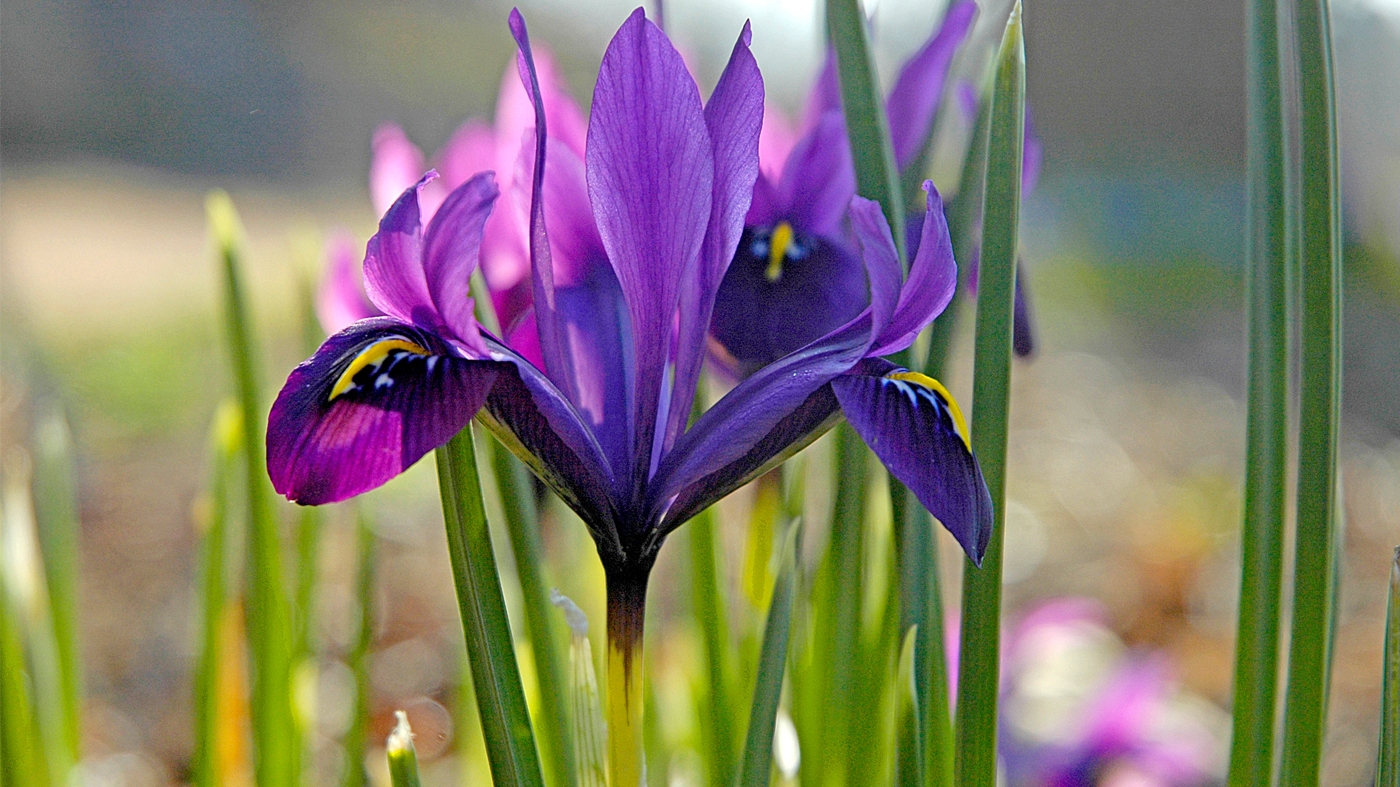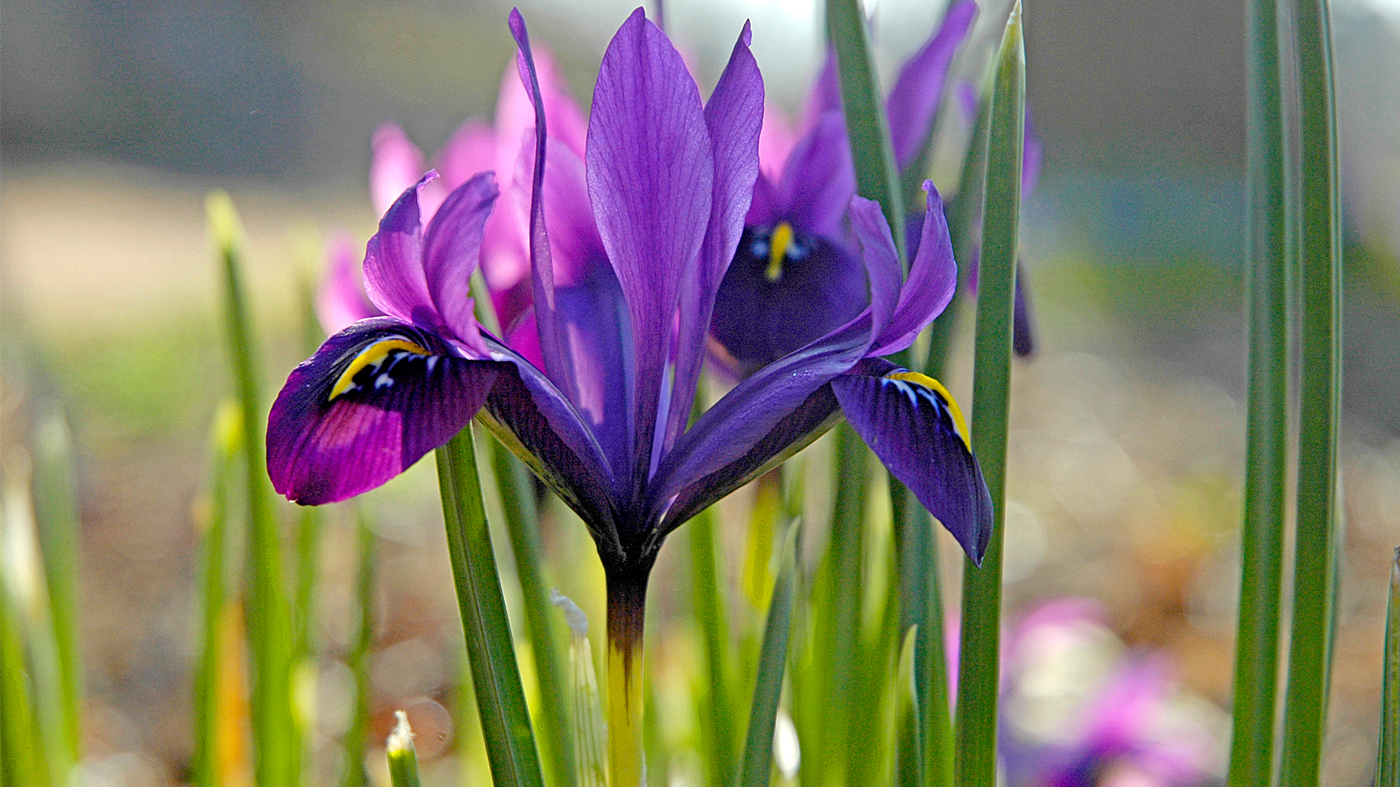
42.14700699, -87.79289246
42.14703751, -87.79273224
42.14708328, -87.79290009
42.14711761, -87.79283142
42.14798737, -87.79152679
42.14801025, -87.79155731
42.14801025, -87.79151917
42.14812851, -87.78993988
42.14812851, -87.78993225
42.14816666, -87.78984833
42.1483345, -87.79005432
42.14850235, -87.79027557
42.14854431, -87.79019165
42.14854813, -87.79017639
42.14866257, -87.79319
42.1486702, -87.79317474
42.14867401, -87.79316711
42.14867783, -87.79315948
42.14868546, -87.79315186
42.14868927, -87.79314423
42.14869308, -87.79312897
42.14870071, -87.79312134
42.14870453, -87.79311371
42.14870834, -87.79310608
42.14871597, -87.79309082
42.14871979, -87.79308319
42.1487236, -87.79307556
42.14873123, -87.79306793
42.14889526, -87.78927612
42.14890289, -87.78931427
42.14892578, -87.78926086
42.14916611, -87.78895569
42.14916992, -87.78892517
42.14917374, -87.78969574
42.14918518, -87.78897095
42.14918518, -87.78894806
42.14918518, -87.7889328
42.14920044, -87.78897095
42.14920425, -87.78897095
42.14920425, -87.78895569
42.14920425, -87.78892517
42.14920807, -87.78892517
42.1492157, -87.78897858
42.14921951, -87.78897858
42.14921951, -87.78895569
42.14923096, -87.78900146
42.14923096, -87.78898621
42.14923859, -87.78895569
42.1492424, -87.7896347
42.14924622, -87.78898621
42.14926529, -87.7895813
42.14927673, -87.78961945
42.14935303, -87.78911591
42.14936066, -87.78911591
42.14936447, -87.78913116
42.14936829, -87.78915405
42.14936829, -87.78913116
42.1493721, -87.78914642
42.14937973, -87.78911591
42.14938354, -87.78911591
42.14938736, -87.78913879
42.14939499, -87.78916168
42.14940262, -87.78913116
42.14941025, -87.78916168
42.14941788, -87.78924561
42.14941788, -87.78920746
Sargent Crabapple
Malus sargentii is notable for its low, spreading habit. Reddish-pink buds open to white flowers and are followed by small red fruit that persist until frost. This species is extensively planted at the Chicago Botanic Garden.
Crabapples are small flowering trees that provide a showy display in the spring landscape for one to two weeks. In addition to the eye-catching buds and flowers, their foliage, habit, and fruit make them attractive plants almost year-round. They are actively hybridized for flower color, leaf color, fruit size/color, shape and, most importantly, disease resistance. Crabapple fruits are usually not eaten by humans but are beloved by birds. Most crabapples benefit from modest amounts of pruning to eliminate water sprouts and improve airflow.









